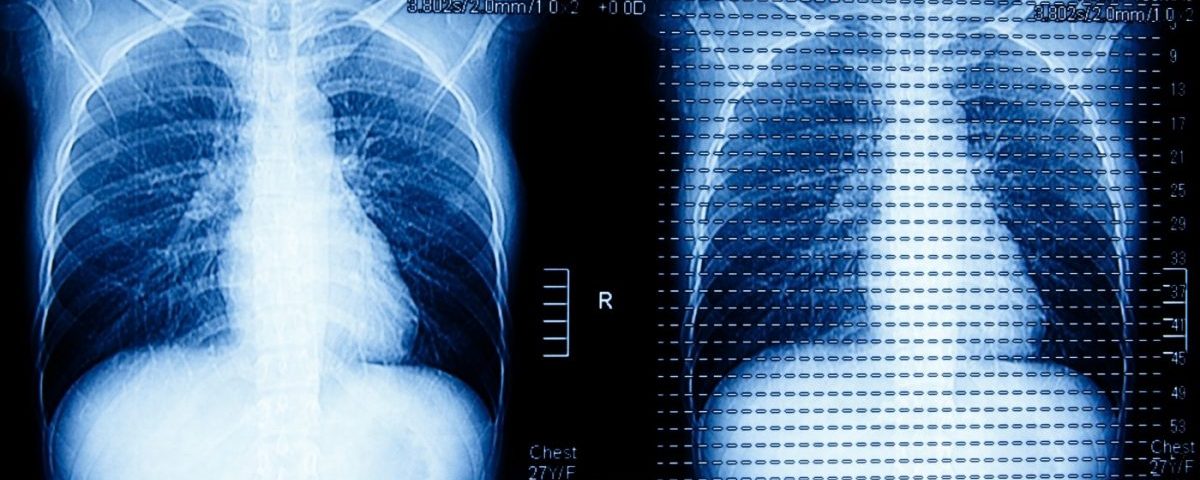In patients successfully treated for pulmonary disease caused by nontuberculous mycobacteria, CT scans at treatment’s end can accurately predict infection recurrence, a study found.
Specifically, CT scores for bronchiectasis and lung nodules were independent predictors of recurrence.
The study, “High-Resolution CT Findings as Predictive Factors for Recurrent Nontuberculous Mycobacterial Pulmonary Disease after Successful Treatment,” was published in the Journal of Clinical Medicine.
Infections with nontuberculous mycobacteria (NTM) are not uncommon in patients with non-cystic fibrosis bronchiectasis, with mycobacterium avium complex (MAC) being the most frequent cause. NTM leading to pulmonary disease (NTM-PD) is typically treated with antibiotics, but treatment success varies widely and infection recurrence is reported in up to half of patients.
Chest CT is used to monitor NTM-PD progression and treatment response. Past research found that having the nodular bronchiectasis form of NTM predicted recurrence of disease caused by MAC, making chest CT scans potential imaging biomarkers of NTM recurrence after successful treatment. Notably, nodular bronchiectasis mainly affects older women of Caucasian or Asian descent who do not have history of lung disease. It is characterized by damage, dilation and scarring of the airways of the lungs.
Researchers in South Korea sought to determine if CT findings after successful NTM-PD treatment could be predictors of recurrence. The study included data from 44 patients treated from March 2009 to September 2016. The participants had a mean age of 60.2 and 32 were female. Median follow-up period after successful treatment was 852 days (about 2.3 years).
A total of 18 patients (40.9%) developed recurrences during the follow-up period, with a median time between termination of treatment and recurrence of 578 days (slightly more than 1.5 years). MAC was the most frequent cause of NTM infection in recurrent (83.4%) and non-recurrent patients (61.5%).
Of the 18 patients with recurrence, 10 (55.5%) were infected by a different mycobacterial species. In both groups, nodular bronchiectasis was the prevalent NTM form, accounting for 61.1% of recurrent and 53.8% of non-recurrent cases.
CT scans conducted to identify abnormalities at NTM-PD treatment initiation found that only the CT nodule score was significantly higher in recurrent than non-recurrent patients (1.17 vs. 0.58). At treatment termination, the mean total CT score was significantly higher in recurrent compared to non-recurrent patients (11.72 vs. 9.00), as were the mean scores for bronchiectasis, nodules, and consolidation — replacement of air in the lungs by liquids, cells, pus, or other substances.
While all CT scores were significantly lower following treatment in non-recurrent patients, no changes were seen in those with NTM-PD recurrence.
When examined by two independent observers, all scores had excellent reproducibility except the consolidation score which had fair agreement between observers.
Analysis of relationships between scores and recurrences revealed that the CT scores for bronchiectasis and nodules at treatment termination were independent predictors of later NTM-PD recurrence. The prediction model had 82.2% sensitivity (meaning 17.8% of false negatives), and 69.2% specificity (30.8% false positives).
The researchers found that CT findings after successful NTM-PD treatment may help identify patients who are at risk of recurrence. “We suggest that patients with bronchiectasis and nodules with a high total CT score at the time of treatment termination undergo close monitoring for surveillance of recurrent NTM-PD,” they wrote.
Among the study’s limitations, the team said, were its small sample size and single-center nature, as well as the lack of analysis to determine if the recurrences were infection with the original or with a new strain.

